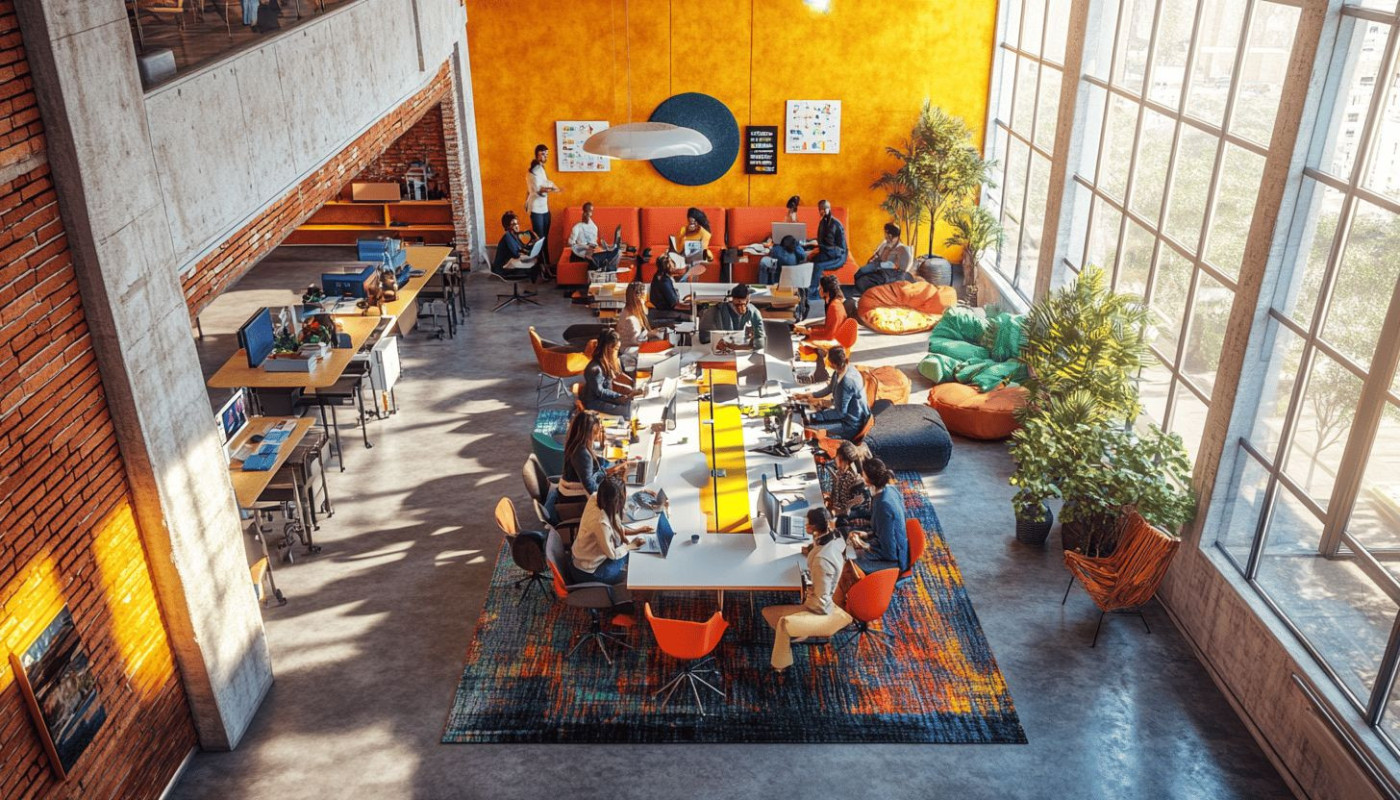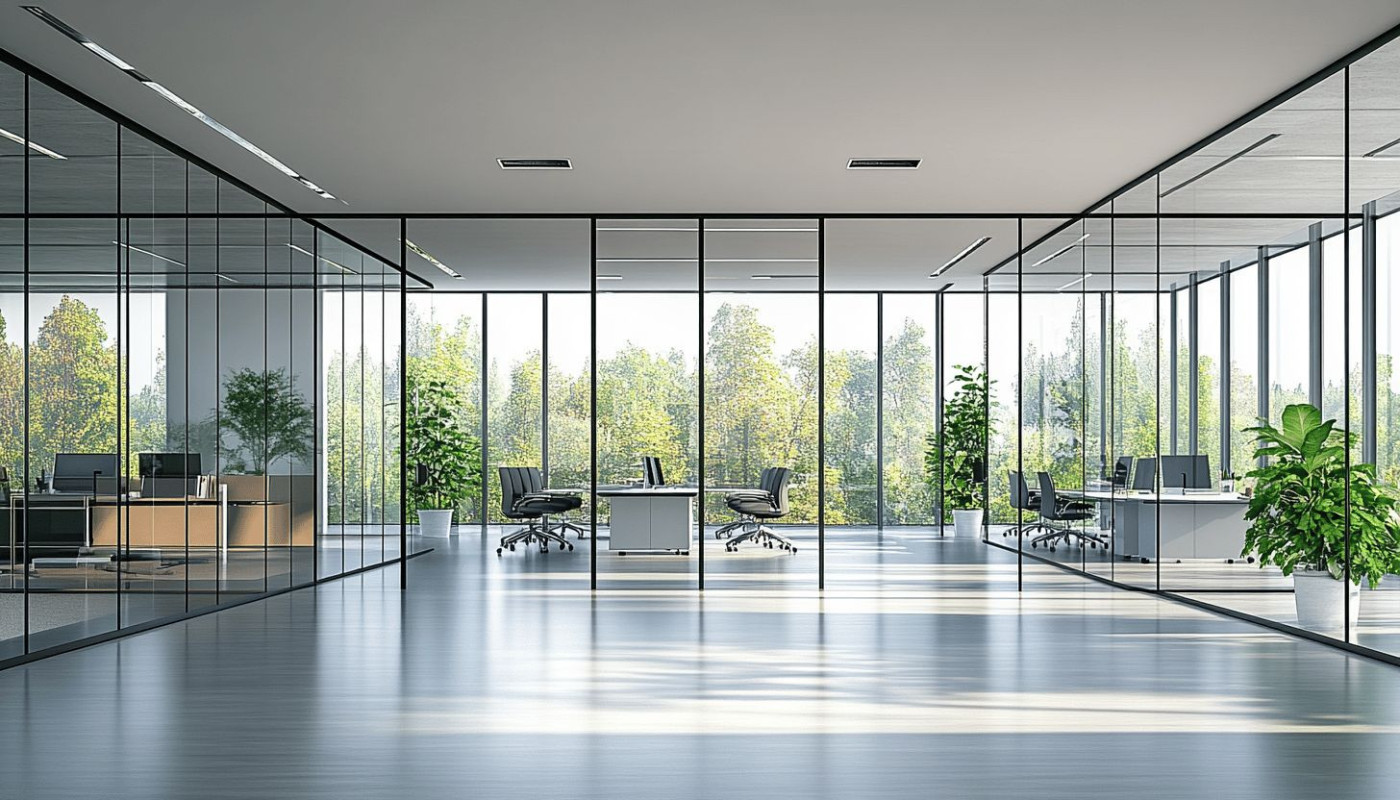Table of contents
In the evolving landscape of flexible work environments, the strategic use of meeting rooms has become an essential factor in fostering productivity and collaboration. As organizations transition to hybrid and agile models, the role of dedicated spaces for meetings is being reimagined to suit diverse needs. Explore how effectively incorporating meeting rooms can optimize workflows and support the modern workforce in the following paragraphs.
Designing adaptable meeting spaces
Creating a meeting space within a flexible office calls for workspace design that allows for effortless transformation and supports a collaborative environment. Emphasizing modular room concepts, workplace architects select movable walls and modular furniture that can be easily reconfigured for different group sizes or functions. This adaptability not only maximizes the utility of each meeting space but also encourages spontaneous collaboration or focused discussions, depending on the need. Integrating technology seamlessly—such as interactive displays, wireless connectivity, and smart booking systems—ensures that the meeting room supports both in-person and remote collaboration, aligning with the growing hybrid work trend.
The acoustic quality of a meeting space plays a pivotal role in its effectiveness within a flexible office. Workplace architects frequently incorporate acoustic paneling to manage sound levels, minimizing distractions and maintaining privacy for confidential discussions. These panels serve both functional and aesthetic purposes, enhancing the overall workspace design while supporting the requirements of a modular room. The fusion of adaptable furniture, thoughtful acoustics, and advanced technology results in a collaborative environment that empowers teams to innovate, connect, and perform efficiently within any flexible office layout.
Technology integration for hybrid teams
Modern flexible work environments increasingly depend on smart office solutions that allow seamless communication and productivity. Equipping meeting rooms with advanced meeting technology is fundamental to bridging the gap between in-person and remote participants, making hybrid meetings smooth and effective. Rooms must include robust video conferencing systems that support high-definition audio and video, ensuring every participant is clearly seen and heard. Collaboration tools such as digital whiteboards and wireless presentation systems enable real-time idea sharing, annotation, and dynamic presentations that accommodate both physical and virtual attendees. Reliable, high-speed connectivity within these spaces is non-negotiable for uninterrupted streaming, data sharing, and interaction, making it possible to leverage the full potential of modern collaboration tools. In this way, creating a truly integrated environment supports productive hybrid meetings and aligns with the expectations of today’s agile workforce.
Booking systems and space management
Implementing advanced room booking systems and management software has become a necessity for modern office management, especially in flexible work environments. These tools provide real-time visibility into meeting room availability, allowing employees to check and reserve spaces efficiently through a resource management dashboard. This minimizes the risk of double-bookings and last-minute conflicts, which can disrupt the flow of business operations. Usage analytics collected by these systems also offer valuable insights into space utilization, enabling facility managers to identify underused areas and optimize resource allocation.
An effective meeting scheduler integrated within the office management ecosystem streamlines the reservation process. Employees benefit from instant notifications and reminders, while administrators can monitor occupancy rates and adjust policies accordingly. Such data-driven approaches lead to better space utilization, ensuring that each room, from small huddle spaces to large conference areas, serves its intended purpose without waste. These efficiencies translate directly into cost savings and improved workflow for organizations embracing hybrid work models.
Resource allocation is further refined when the software incorporates features such as automated conflict resolution and dynamic calendar syncing. Facility managers gain a holistic view of all meeting spaces through a centralized resource management dashboard, which simplifies decision-making and enhances accountability. This integration is particularly useful in high-demand coworking settings, where maximizing every square foot is financially and operationally essential. The insights gained also support strategic investments in future infrastructure, optimizing layouts and amenities based on actual usage patterns.
For those seeking inspiration, the Best coworking spaces in Houston demonstrate how robust office management tools can elevate the workplace experience. Their adoption of modern room booking platforms showcases the benefits of seamless scheduling and efficient resource allocation, setting a benchmark for businesses looking to improve their own space management practices. Visit the link to explore how these coworking centers leverage technology to create productive, adaptable workspaces.
Enhancing collaboration and privacy
Blending a collaborative workspace with dedicated private meeting rooms is a task that demands careful planning in flexible work environments. Interior designers often use elements like acoustic panels, strategic layout zoning, and privacy partitions to delineate spaces without sacrificing the open, fluid feel that modern offices require. Effective meeting room design incorporates soundproofing materials and thoughtfully placed entrances, enabling confidential meetings to occur alongside bustling team activity. By integrating adaptable furniture and modular walls, teams can quickly reconfigure the environment, supporting both impromptu collaborations and focused discussions. Prioritizing privacy while maintaining accessibility not only preserves confidentiality but also enhances team productivity, as employees feel empowered to choose the ideal setting for each task. Through the intentional use of privacy partitions and innovative spatial solutions, organizations achieve a dynamic balance between open interaction and protected communication, supporting a thriving, versatile workplace.
Measuring meeting room effectiveness
Assessing the performance and impact of meeting rooms within flexible work environments relies on a combination of meeting room analytics and workplace metrics. One reliable method involves using occupancy sensors, which provide accurate data on utilization rates by detecting when and how frequently rooms are used. This data helps identify underutilized spaces and can inform decisions about redesigning or repurposing areas to better match organizational needs. In flexible workplaces, these insights support a dynamic allocation of resources, ensuring that meeting spaces effectively support both scheduled and impromptu collaboration.
Performance evaluation extends beyond just measuring physical occupancy. Employee feedback plays a significant role in understanding how well meeting rooms meet the needs of different teams. Surveys or digital feedback tools can capture user satisfaction, highlighting strengths and revealing areas that require improvement, such as technology reliability, comfort, or accessibility. By combining quantitative data from occupancy sensors with qualitative responses from employees, a workplace strategist can gain a comprehensive perspective on the real-world impact of meeting spaces.
Utilization rates also influence broader team outcomes, as the availability and functionality of meeting rooms affect productivity and collaboration. Regular analysis using workplace metrics allows organizations to adapt quickly to shifting work patterns, ensuring meeting spaces support both remote and in-person interactions effectively. Meeting room analytics not only track current patterns but also predict future needs, making it possible to proactively refine flexible work environments for maximum efficiency and employee satisfaction.
Similar

How Shared Work Environments Foster Creativity?

Navigating the future of workplace automation

Sustainable Business Practices The Competitive Advantage of Going Green in the Corporate World

How Detecting Website Themes Enhances Web Development And Design

